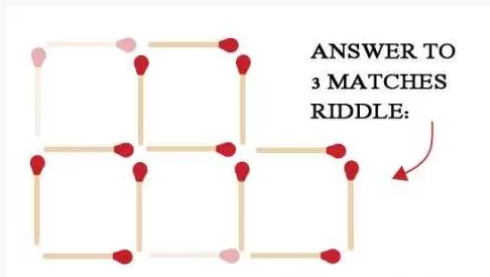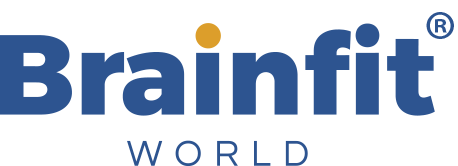Brain Practice
May 2017
Did you try the puzzles several times?
Here are the answers to Brain Practice, May 2017
How Many Jewels?
Tilly had 3 jewels – 1 ruby, 1 diamond and 1 emerald.
How’s your Vocabulary?
We found only three English words beginning with dw :
dwarf, dwell and dwindle
Did you find any others?
The Lucky Door Challenge.
Probability problems are often among the hardest math concepts for students to wrap their heads around. Often, your common sense says one thing—but the answer is something else entirely!
- When you choose Door #1, your odds of winning are clearly 1/3.
- Therefore, the odds that the prize is behind Door #2 or Door #3 is 2/3.
- When Monty reveals that there is nothing behind Door #2, it doesn’t change the original probabilities. There is still a 2/3 chance that the prize is behind door two or three. (Knowing the contents of door two doesn’t change the odds once you’ve started playing.) Therefore, door three now has a 2/3 odds of winning.
- You should switch!
This is a very hard concept to absorb. Our intuition tells us that once Door #2 is eliminated, Door #1 and Door #3 each have a 1/2 probability of winning. But because the odds are set for good with your first pick, the winning odds of your original door will always stay at 1/3.
the writer of this puzzle said: I worked with a NASA scientist who wouldn’t believe this answer. So we sat down and simulated the “game” a hundred times, where I was the host and he changed doors every time. Sure enough, he won about 2/3 of the games. If you need to be convinced, try it!
Three Equal Squares

524127
This one was a real challenge! How did you go?
5 x (-2+4) x (1+2+7) = 100
Who Gets what?
John receives $24.50 and Bill receives 50 cents.
Using the ‘guess and check’ method, it goes like this:
- Try $24 and $1 – the first part is 24 times the second part. Not quite enough!
- Now halve the $1 to give two lots of 50 cents and add one lot to John’s $24.00.
- Now John’s part is $24.50 and Bill’s part is 50 cents.
- John has 49 times as much as Bill. Poor Bill He didn’t do very well out of that!
(Dividing a number by a half is the same as multiplying it by 2. that means that dividing $24.50 by 50 cents (half a dollar), we get the result 49.
Mathematicians, of course, will set up a pair of simultaneous equations and solve them that way!
Need more practice?
Healthy Memory Workout is an eBook full of ‘how-to’s’ and puzzles to challenge your brain

